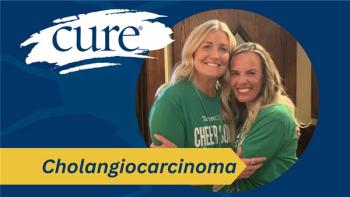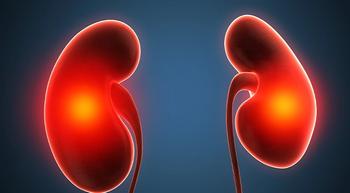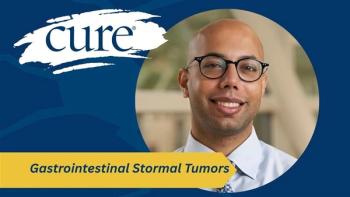
Istodax Shows Benefit in T-Cell Lymphomas
A phase 2 trial presented at the American Society of Hematology in December could pave the way for a second approval for Istodax (romidepsin).
A phase 2 trial presented at the American Society of Hematology in December could pave the way for a second approval for Istodax (romidepsin). The drug was approved for cutaneous T-cell lymphoma, a rare type of lymphoma that arises in the skin, in late 2009. The study presented at ASH this year showed benefit in patients with peripheral T-cell lymphoma, a group of rare but aggressive lymphomas.
Of the 130 patients with refractory or relapsed peripheral T-cell lymphoma, 17 patients had a complete response to Istodax, and 14 of those patients remained progression-free. Another 17 patients achieved a partial response. Patients who responded well to the treatment were allowed to continue Istodax, which was administered via a four-hour infusion three times every 28 days for six cycles. Side effects include hematological events, including moderate to severe thrombocytopenia (24 percent), neutropenia (20 percent) and infection (17 percent). Other side effects seen with Istodax are nausea and fatigue. Celgene, the drug’s maker, is planning to file Istodax for approval in peripheral T-cell lymphoma based on the trial data.
Istodax is an HDAC (histone-deacetylase) inhibitor, a class of drugs that work different than traditional chemotherapy or targeted agents. Inside cells, several feet of genetic material gets wound up like balls of twine. At the center of each ball are proteins called histones, which allows this huge amount of genetic information to be contained in the chromosome. Some parts of the twine are loose, so the cell can read the correct genetic information. Unfortunately, sometimes the twine can be too tight, and the cell can’t read the genetic information. Other times, it’s loose in a wrong place, and the cell reads the wrong information. All of these events can lead to cancer. HDAC inhibitors work by helping the cell to package its DNA correctly around the histones, unwinding genes that control cell growth or constricting those that invite cell division with abandon.
Types of peripheral T-cell lymphoma include anaplastic large cell lymphoma and make up about 10 to 15 percent of all non-Hodgkin lymphomas. Symptoms can include fatigue, swollen lymph nodes, unexplained weight loss and rash.





